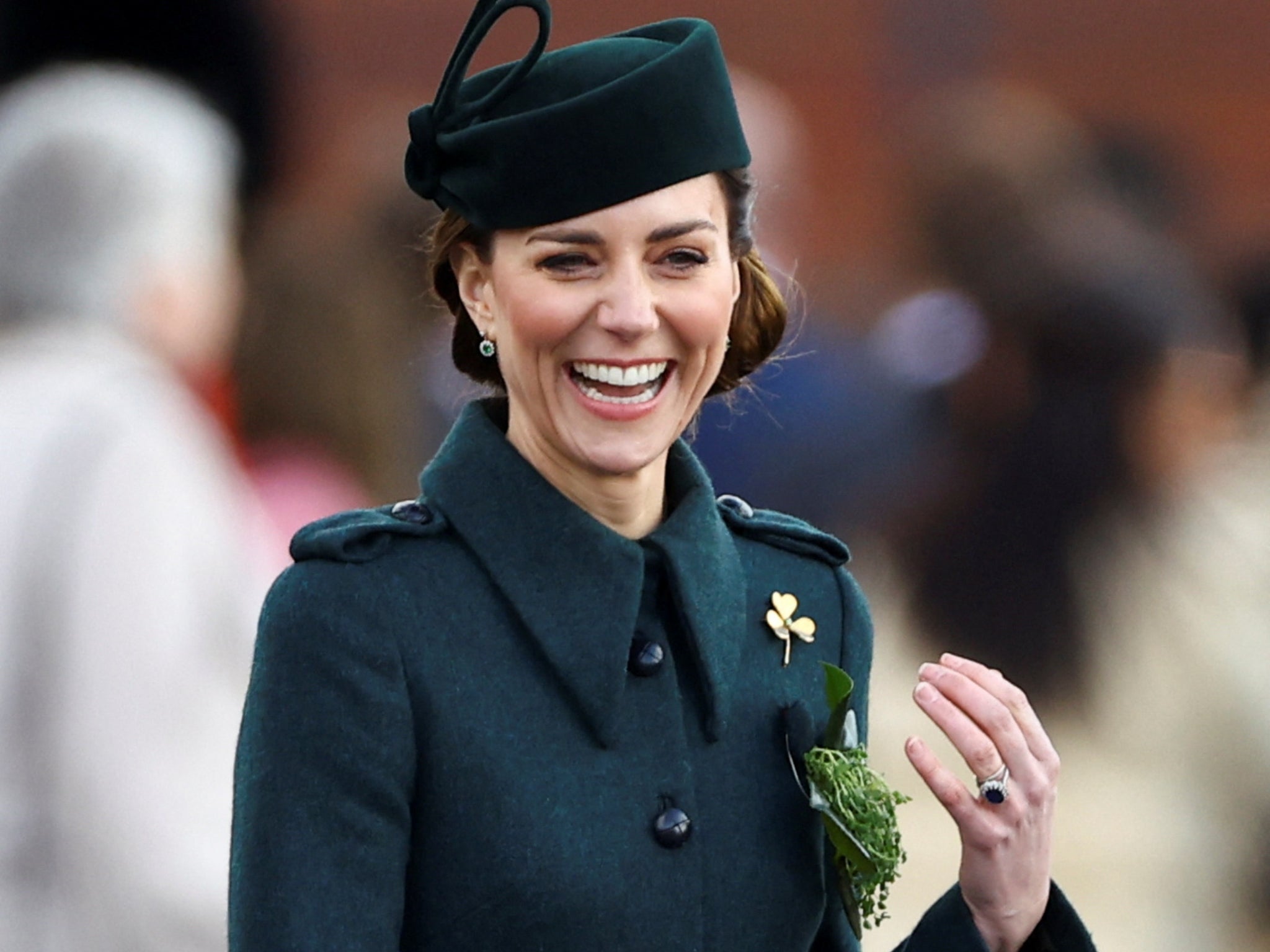What is preventative chemotherapy? Kate Middleton’s cancer treatment explained
The princess said she was undergoing ‘preventative chemotherapy’ after revealing she had been diagnosed with cancer
Your support helps us to tell the story
This election is still a dead heat, according to most polls. In a fight with such wafer-thin margins, we need reporters on the ground talking to the people Trump and Harris are courting. Your support allows us to keep sending journalists to the story.
The Independent is trusted by 27 million Americans from across the entire political spectrum every month. Unlike many other quality news outlets, we choose not to lock you out of our reporting and analysis with paywalls. But quality journalism must still be paid for.
Help us keep bring these critical stories to light. Your support makes all the difference.
The Princess of Wales has announced in a statement that she has been diagnosed with cancer after an incidental finding following abdominal surgery.
Kate Middleton also said she was undergoing “preventative” chemotherapy.
Chemotherapy is a term used to describe the treatment of someone diagnosed with cancer and is used to kill cancerous cells – although Kate specifically used the term preventative chemotherapy.
In a statement she said: “In January, I underwent major abdominal surgery in London and at the time, it was thought that my condition was non-cancerous.
“The surgery was successful. However, tests after the operation found cancer had been present. My medical team therefore advised that I should undergo a course of preventative chemotherapy and I am now in the early stages of that treatment.”
Follow our live blog on reaction to Kate’s cancer diagnosis by clicking here
What is preventative chemotherapy?

Preventative chemotherapy isn’t an official NHS term for a type of treatment and no further information has been given on Kate’s cancer, or the type of treatment she’s having.
There are current treatments that exist called “chemoprevention” which lower the risk of getting cancer, or of it returning in healthy people.
For example, it is currently used for people who have not developed breast cancer but are at increased risk of getting it due to their family history.
In 2021-22 more than 320,000 people received treatment for cancer on the NHS including chemotherapy and radiotherapy.
Chemotherapy medicines are used to kill cancer cells. The drugs disrupt the way cancer cells grow and divide and therefore stop the cancer cells from spreading in the body.
According to specialists at The Royal Marsden, a cancer hospital in London, a chemotherapy called “adjuvant therapy” is sometimes used to help destroy cancer cells that may remain after surgery or radiotherapy.
Other types of chemotherapy include: neo-adjuvant therapy, which is given before surgery or radiotherapy to shrink the tumour; peri-operative therapy that is given both before and after surgery, and palliative, which is to help relieve symptoms if cancer has spread.
According to the World Health Organisation there is a public health approach called “preventive chemotherapy”, which is used on whole populations, where large-scale medicines are administered to prevent certain diseases. These include lymphatic filariasis, commonly known as elephantiasis.
Subscribe to Independent Premium to bookmark this article
Want to bookmark your favourite articles and stories to read or reference later? Start your Independent Premium subscription today.




Join our commenting forum
Join thought-provoking conversations, follow other Independent readers and see their replies
Comments